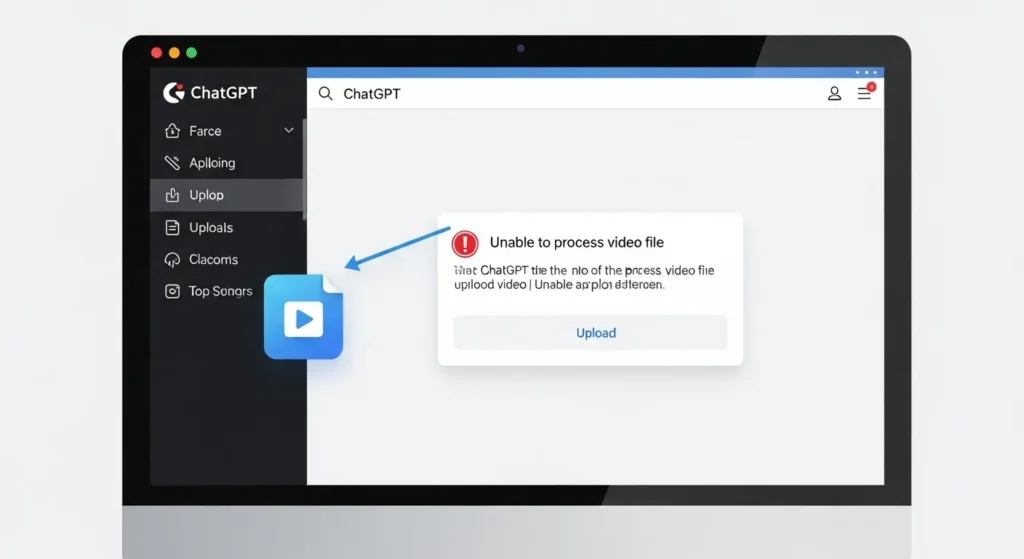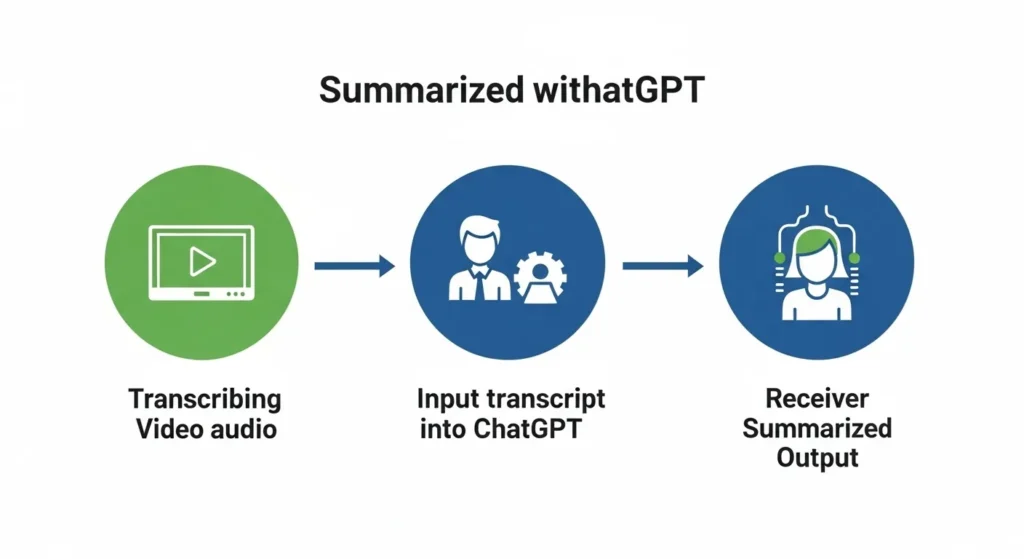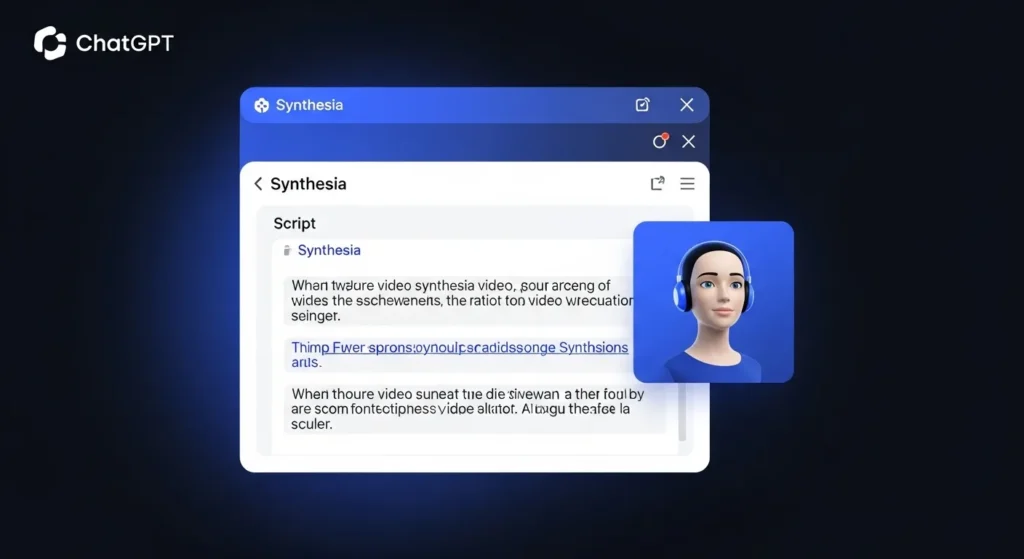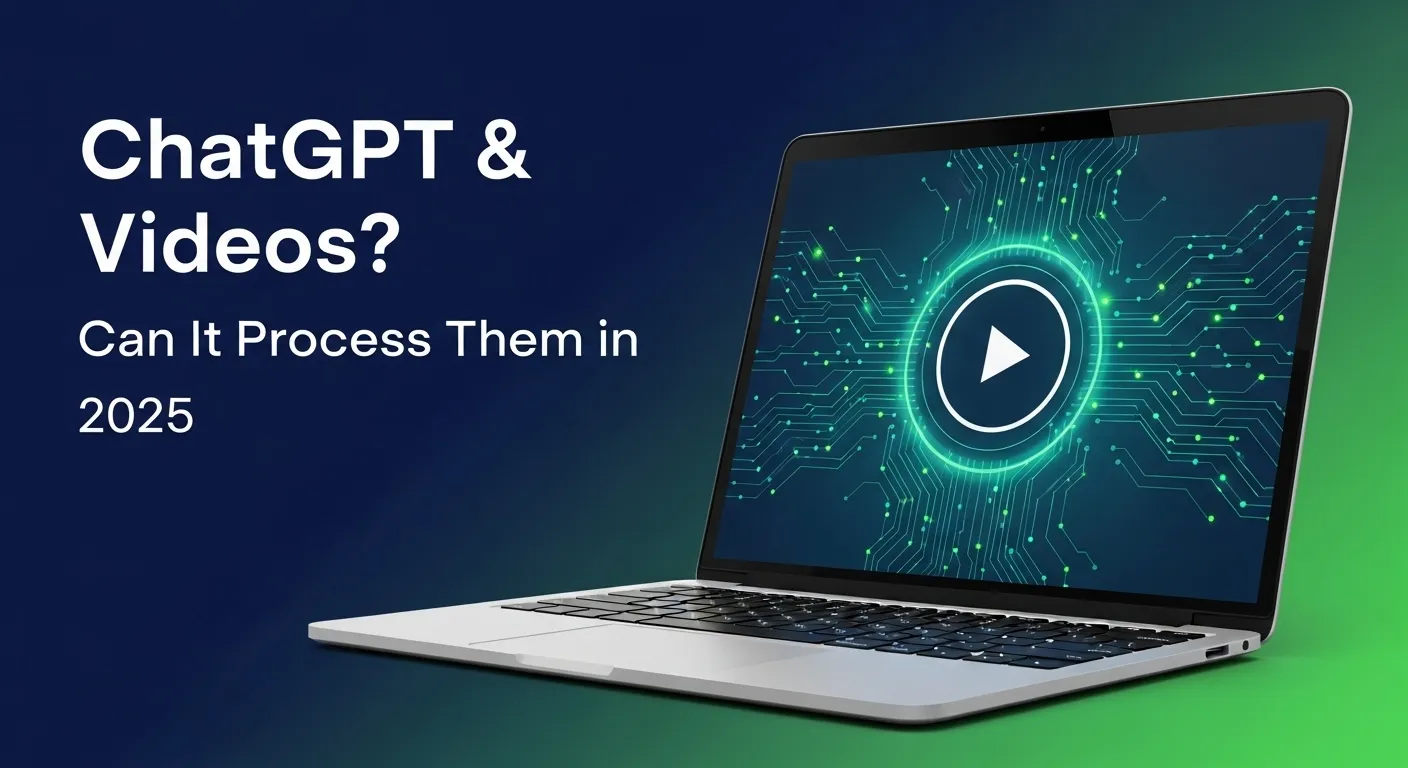Key Takeaways
- ChatGPT cannot watch or process videos natively.
- Transcripts and static images enable video-related tasks.
- Tools like Synthesia and Otter.ai enhance ChatGPT’s utility.
- Future AI models may offer advanced video features.
ChatGPT, created by OpenAI, is a powerful text-based AI tool. Many wonder if it can process videos. As of July 2025, ChatGPT cannot directly analyze video files like humans do. However, it can handle video-related tasks using workarounds like transcripts and static images. This article explains ChatGPT’s video capabilities, limitations, and practical ways to use it for video content. Whether you’re a content creator, marketer, or curious user, you’ll find clear answers and actionable tips here.
Can ChatGPT Process Videos Directly?
ChatGPT is designed for text, not video. It cannot “watch” or process video files directly. Here’s why:
- Text-Based Model: ChatGPT processes text inputs and outputs. It lacks the ability to decode video streams or analyze audio-visual content in real time.
- Limited Video Features: Some users report ChatGPT attempting “motion analysis” by dragging videos into the interface or using the “Attach File” feature in the mobile app. However, this is not officially supported and often fails, especially with low-quality videos.
- Errors Common: Uploading videos may result in errors, as ChatGPT struggles with unsupported formats or complex visuals.
In short, ChatGPT cannot process videos natively, but there are ways to work around this.

How ChatGPT Works with Video Content
While ChatGPT cannot process videos directly, it can handle video-related tasks through indirect methods. Here are the main approaches:
1. Transcripts and Subtitles
You can convert video audio to text using transcription tools, then input the text into ChatGPT. It can:
- Summarize key points.
- Answer questions about the content.
- Rephrase or translate the text.
This is ideal for summarizing long videos like tutorials or webinars.
2. Static Image Analysis
With GPT-4’s vision capabilities, ChatGPT can analyze individual video frames. For example:
- It can describe objects, text, or charts in a frame.
- Limitations include:
- It cannot process the full video sequence.
- You must manually extract frames, which is time-consuming.
- Large numbers of frames may exceed context limits.
3. Script Writing
ChatGPT is excellent for creating video scripts. It can:
- Write engaging scripts for YouTube or marketing videos.
- Suggest content ideas or outlines.
- Tailor scripts to specific audiences or tones.
4. Video Content Summarization
Using transcripts, ChatGPT can summarize videos concisely. This is useful for:
- Creating “key takeaways” for educational videos.
- Repurposing video content into blog posts or social media updates.

Workarounds for Video Processing with ChatGPT
Several tools and methods make ChatGPT useful for video tasks:
1. Transcription Services
Tools like Otter.ai, Rev.com, or YouTube’s captions convert video audio to text. Then, ChatGPT can:
- Summarize or analyze the transcript.
- Generate insights or action items.
- Tip: Use high-quality transcription tools for accuracy, as automatic subtitles may miss technical terms or accents.mymeet.ai
2. Browser Extensions
Extensions like “YouTube Summary with ChatGPT” simplify video analysis by:
- Extracting YouTube transcripts automatically.
- Feeding them to ChatGPT for summarization or Q&A.
- These are great for quick analysis without manual transcription.
3. AI Video Generators
Tools like Synthesia integrate with ChatGPT to:
- Turn ChatGPT-generated scripts into professional videos with AI avatars.
- Support over 140 languages for voiceovers and subtitles.
- This is ideal for marketers or creators without editing skills.synthesia.io
4. Plugins for Video Metadata
Plugins like Video Insights allow ChatGPT to:
- Analyze YouTube video metadata or comments.
- Generate SEO-friendly titles or descriptions.
- These enhance content optimization but don’t enable direct video processing.exemplary.ai

Latest Updates on ChatGPT Video Capabilities (July 2025)
Here’s the current state of ChatGPT’s video features:
- No Major Video Updates: OpenAI’s July 17, 2025, release notes focus on voice and search improvements, not video processing.
- Rumored GPT-5 Enhancements: Speculation suggests ChatGPT-5, expected by early 2026, may improve video processing, possibly integrating with OpenAI’s Sora for text-to-video generation. However, this is unconfirmed.umatechnology.org
- Sora as a Separate Tool: Launched in December 2024, Sora creates high-quality videos from text but is not integrated with ChatGPT.synthesia.io
- Real-Time Video Claims: Some sources claim ChatGPT can analyze live video via smartphone cameras, but this is limited to premium users and not widely available. It’s more about real-time interaction than full video processing.feedcast.ai
Practical Uses for Video-Related Tasks
ChatGPT’s workarounds make it valuable for video tasks. Here are key applications:
- Video Summarization: Summarize long videos using transcripts, saving time for researchers or viewers.
- Script Creation: Write clear, engaging scripts for YouTube, ads, or tutorials.
- Content Repurposing: Turn video transcripts into blog posts, social media posts, or newsletters.
- SEO Optimization: Generate video titles, descriptions, and tags to boost search visibility.
- Accessibility: Create captions or descriptive text for videos to support diverse audiences.
| Task | Description | Tools Needed | Example |
|---|---|---|---|
| Summarization | Summarize video content | Transcription tools | Summarize a 1-hour lecture |
| Script Creation | Write video scripts | ChatGPT | Script for a product demo |
| Repurposing | Convert video to text formats | ChatGPT, transcription tools | Turn a webinar into a blog |
| SEO Optimization | Optimize video metadata | ChatGPT | Create YouTube titles |
| Accessibility | Generate captions | ChatGPT, transcription tools | Add captions to training videos |
Conclusion
ChatGPT cannot process videos directly as of July 2025, but it’s a powerful tool for video-related tasks when paired with workarounds. Use transcription services, browser extensions, or AI video generators to leverage its capabilities. Future updates, like ChatGPT-5, may bring better video processing, but for now, these methods are effective for creators, marketers, and educators.
